

Let's face it, mowing the lawn is a tiresome thing to do: no sooner have you done it than the grass grows back and you have to do it all over again a few days later. What you need is a robot lawn mower that does all the hard work for you, without so much as a sniff of complaint.
The best robot lawn mowers have quite literally revolutionised the way we maintain our lawns. These amazing tech-bots offer bundles of convenience while being very efficient and much more eco-friendly than a traditional petrol mower.
The most popular – and cheapest – variety of robot lawn mowers are those that require getting down on hands and knees to install a perimeter wire around the borders of the lawn. But things are changing – and changing fast – with a new wave of robot mowers that don’t require a perimeter wire at all. Instead, many of them rely on the very latest in RTK GPS technology for centimetre accuracy when navigating lawns of all shapes and sizes, while others work using high definition camera systems that are able to differentiate between grass and non-grass so they can maintain the lawn without veering off into flower borders or crashing into obstacles.
However, like any technology, robot lawn mowers do come with their own set of challenges and quirks that can easily flummox new owners. So, without further ado, here are six common mistakes people make when using robot lawn mowers and how to avoid them.
1. Not having short enough grass for the first robot run
Since the vast majority of mow-bots don’t have a grass collector on the rear, they cut grass using the mulching technique. This means that all nitrogen-rich grass clippings are fed back into the lawn which, as it happens, is a very good way to help maintain a beautiful, healthy sward.
However, mulching grass that is too tall results in a lot of long, unsightly clippings littering the lawn and these clippings can gather in clumps which prevent sunlight from reaching the grass beneath. Hence, you’re always advised to first give the lawn a full mow using your existing push-along mower with a grass collector attached. This will bring the grass height to a manageable level – 3 to 3.5cm is a good starting point – so that when the robot goes out it will just clip off millimetres at a time, and it will keep it that way ad infinitum. Thereafter, you could feasibly get rid of your old lawn mower because you may never need it again.
2. Improper installation of boundary wires
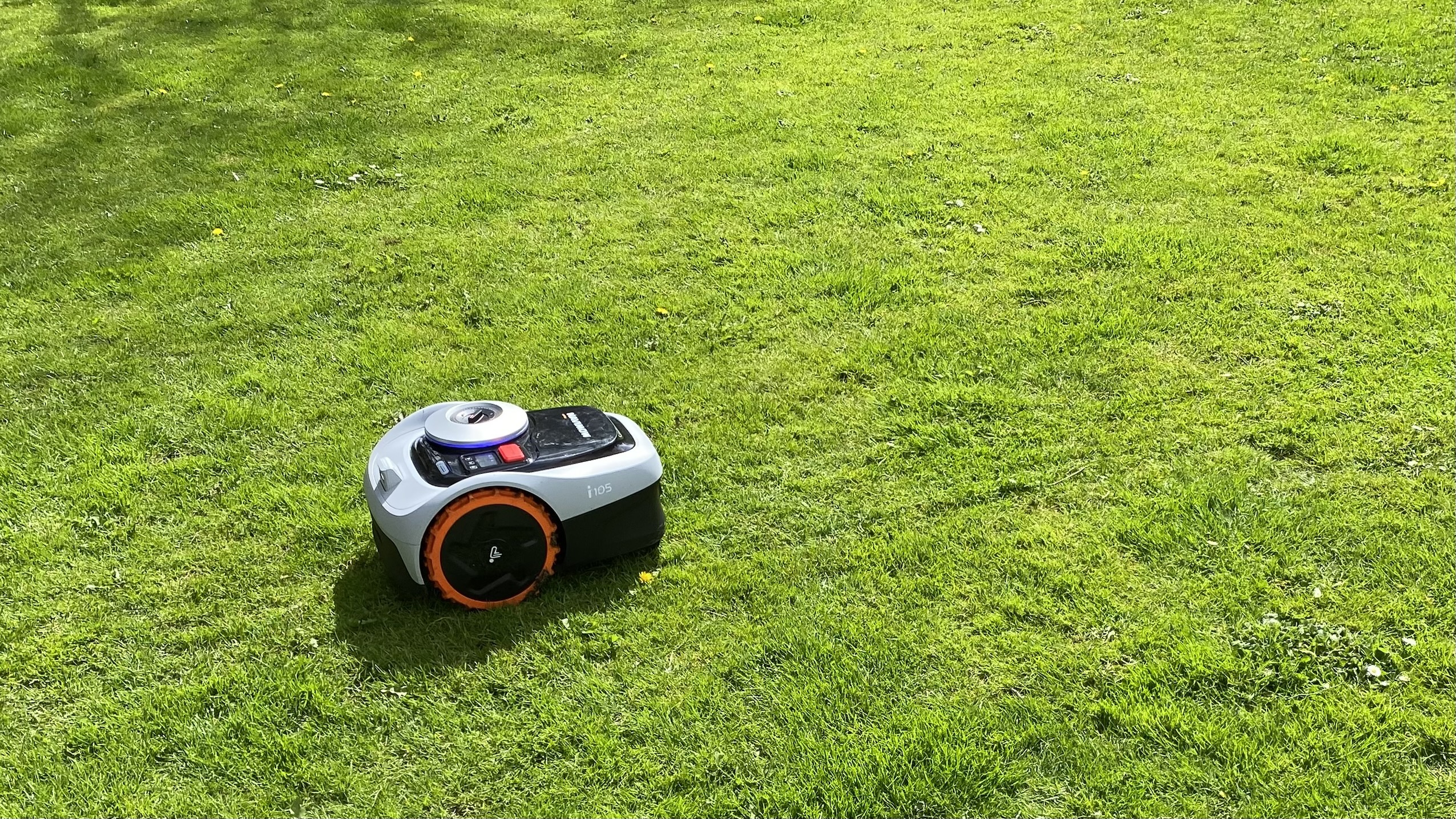
One of the most frequent mistakes users make is incorrect installation of the boundary wires. These wires are essential to many robot mowers since they define the perimeter within which the robot mower operates. If not laid out properly, the mower may miss areas or stray into places it shouldn’t, potentially causing damage. Whoops, there go the daffodils.
Sign up to the T3 newsletter for smarter living straight to your inbox
Get all the latest news, reviews, deals and buying guides on gorgeous tech, home and active products from the T3 experts
Always follow the manufacturer’s instructions carefully when laying out the boundary wires and ensure they are properly secured to the ground. Also check for any gaps or overlaps that might confuse the mower. If in doubt, consider using a professional installation service or bite the bullet and buy one of the latest wire-free models like the Segway Navimow (pictured above) or Worx Landroid Vision which are both doddle to install.
3. Neglecting regular maintenance
Despite being relatively low-maintenance, robot lawn mowers still require regular upkeep to function optimally. The most common neglect is not cleaning the mower every so often because, like any standard mower, grass cuttings collect around the cutting deck which reduces effectiveness. Not only that, but hardened clumps of dried-on grass adds weight to the mower which in turn affects battery consumption.
Unlike standard mowers that use a large rotary blade, robot mowers use a group of three or four small razor blades that are loosely tightened to a spinning disc so they can freely spin themselves. Over time, the screws that hold the blades in place get gummed up with grassy detritus and this can – and does – jam the blades at a weird angle so they become ineffective. To fix, unscrew each blade and clean around the connection area. Then refit. This is also a good time to install a fresh set of blades if necessary.
Finally, don’t ignore any software update notifications. Like drones and other high-tech products, software and firmware updates help keep the mower running at its most efficient. They also often provide a few nice surprises, like improved navigation and extra features.
4. Incorrect lawn setup
Robot mowers perform best on well-maintained lawns and aren’t that keen on gnarly, uneven terrain, excessive slopes and obstacles that the mower cannot navigate, like most dog poo. So prepare your lawn in advance by filling in holes, levelling any badly uneven areas – and clean up that poo. Also clear any large debris or obstacles that might hinder the mower’s path. And if your lawn has very steep slopes, check the mower’s specifications to ensure it can handle the incline.
5. Ignoring weather conditions
While many robot mowers are designed to work in various weather conditions, they won’t perform well in rain or wet grass. In fact, no mower does. If your robot mower has a rain sensor on it – most do – make sure you’ve turned that parameter on in the app so it doesn’t continue to work in the rain. Thankfully, many robot mower models are able to access local weather stations so they only mow on dry days.
6. Overlooking security measures
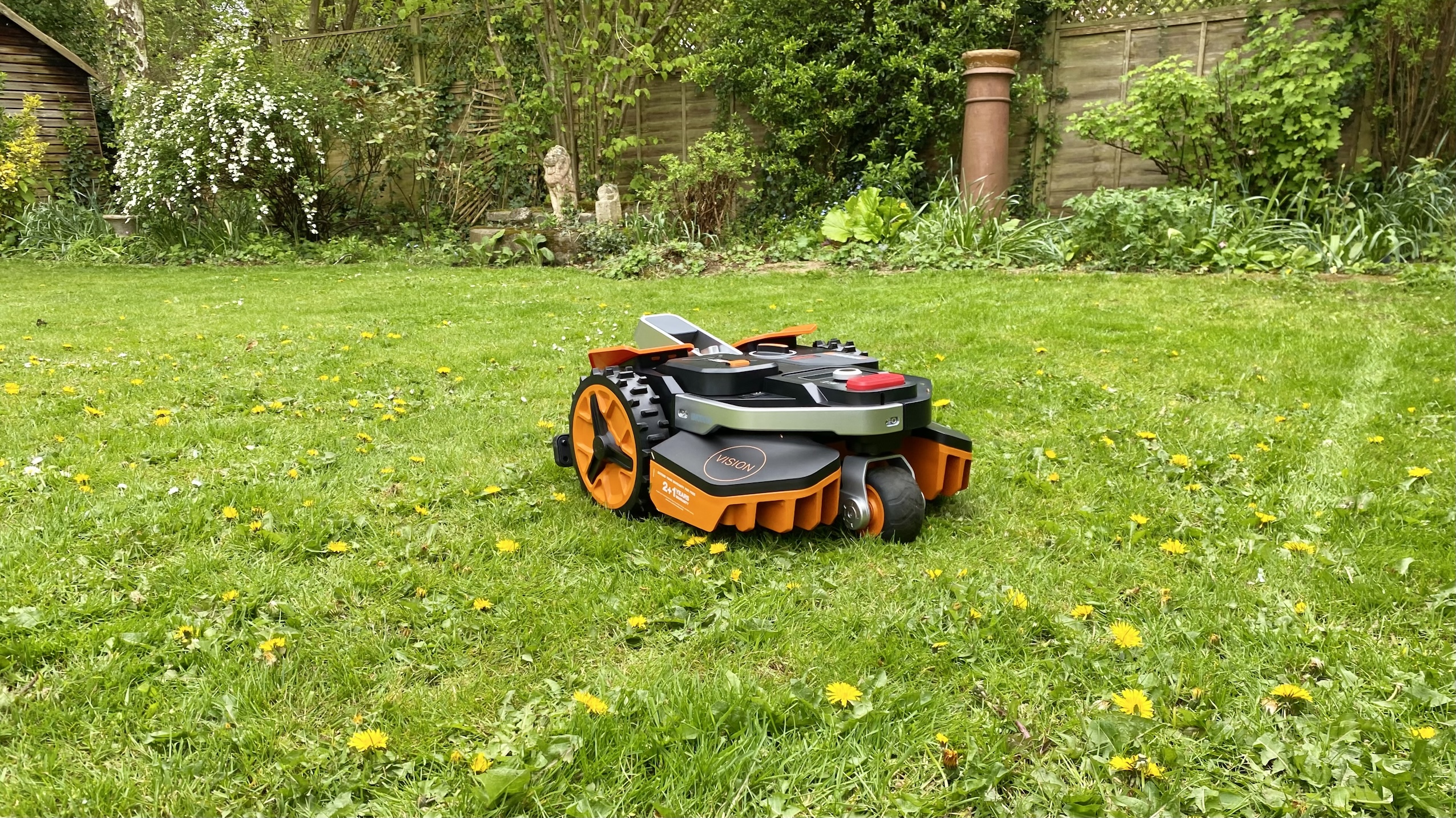
Robot lawn mowers are extremely valuable pieces of equipment, especially the new variety of wireless models like the Worx Landroid Vision pictured above. Theft is more common in places like America where many front lawns lead straight to the pavement, in full view of prying eyes. Thankfully, most UK lawns are walled or fenced but you’re still advised to utilise the mower’s built-in security features or at least take additional precautions to protect your investment.
Thankfully, like all DJI drones, most wireless models are linked to the account holder so the product is of no use to anyone without the original user’s email and password. The robot should also beep loudly when picked up and possibly even send a notification to the owner.
Thankfully, some models like the Segway Navimow have geofencing software onboard while others like the new LUBA 2 AWD can be fitted with a 4G sim. Alternatively, you might also consider fitting a hidden Apple AirTag onboard just in case it can be tracked that way.
Derek (aka Delbert, Delvis, Delphinium, Delboy etc) specialises in home and outdoor wares, from coffee machines, white appliances and vacs to drones, garden gear and BBQs. He has been writing for more years than anyone can remember, starting at the legendary Time Out magazine – the original, London version – on a typewriter! He now writes for T3 between playing drums with his bandmates in Red Box (redboxmusic).
-
 These luxury private members’ clubs have their own race tracks
These luxury private members’ clubs have their own race tracksFrom the UK to the US and Japan, these are the world’s most exclusive race track members’ clubs
By Alistair Charlton Published
-
 Apple TV+'s beloved sci-fi series gets a surprise sequel and trailer
Apple TV+'s beloved sci-fi series gets a surprise sequel and trailerWondla is coming back
By Max Freeman-Mills Published
-
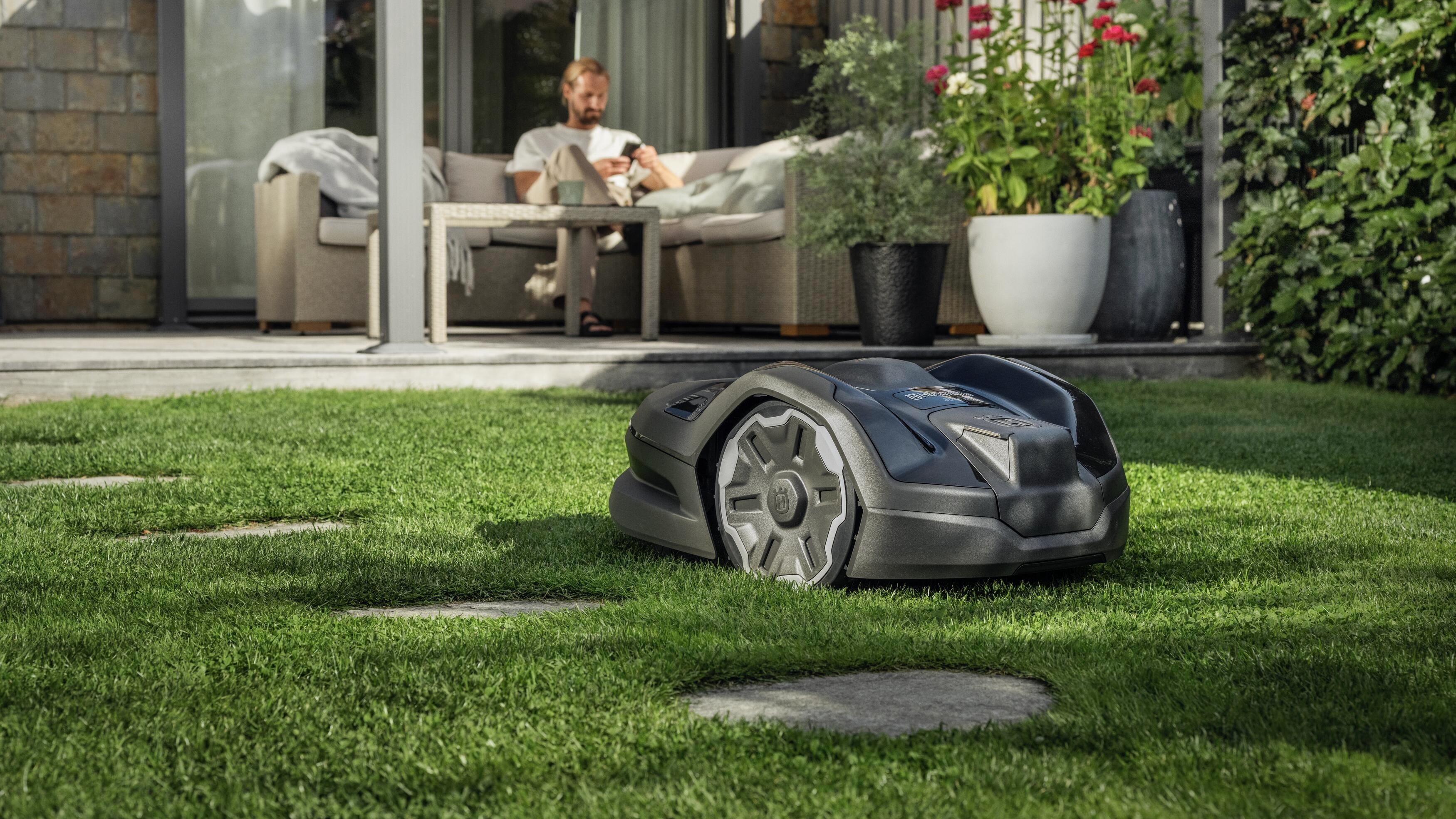 Wired vs. boundary-free robot lawn mowers: which one is right for you?
Wired vs. boundary-free robot lawn mowers: which one is right for you?It's a tricky decision after all!
By Lizzie Wilmot Published
-
 Worx Nitro WG761E 80V lawn mower review: cordless power meets petrol performance
Worx Nitro WG761E 80V lawn mower review: cordless power meets petrol performanceBig power, no fumes – the Worx Nitro might just be the ultimate cordless mower
By Derek Adams Published
-
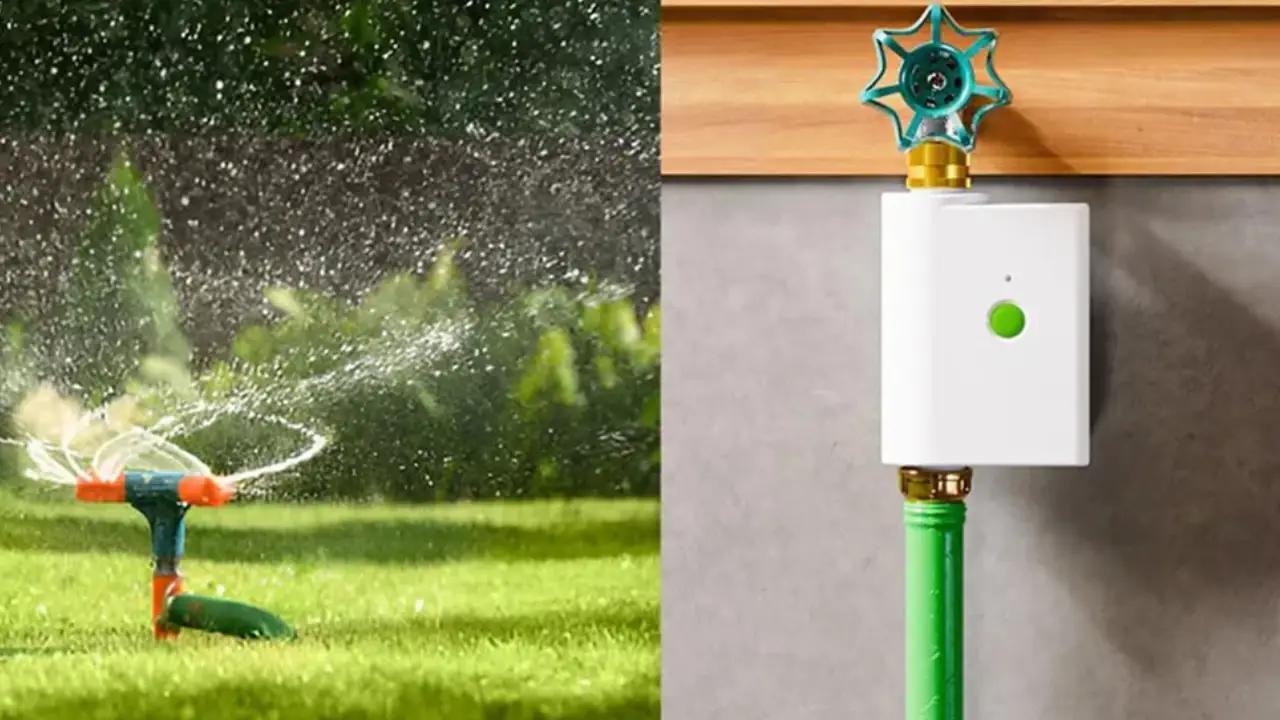 This Meross smart sprinkler makes it easier to water your garden – and it’s surprisingly affordable
This Meross smart sprinkler makes it easier to water your garden – and it’s surprisingly affordableThe Meross Smart Sprinkler Timer waters your garden for you
By Bethan Girdler-Maslen Published
-
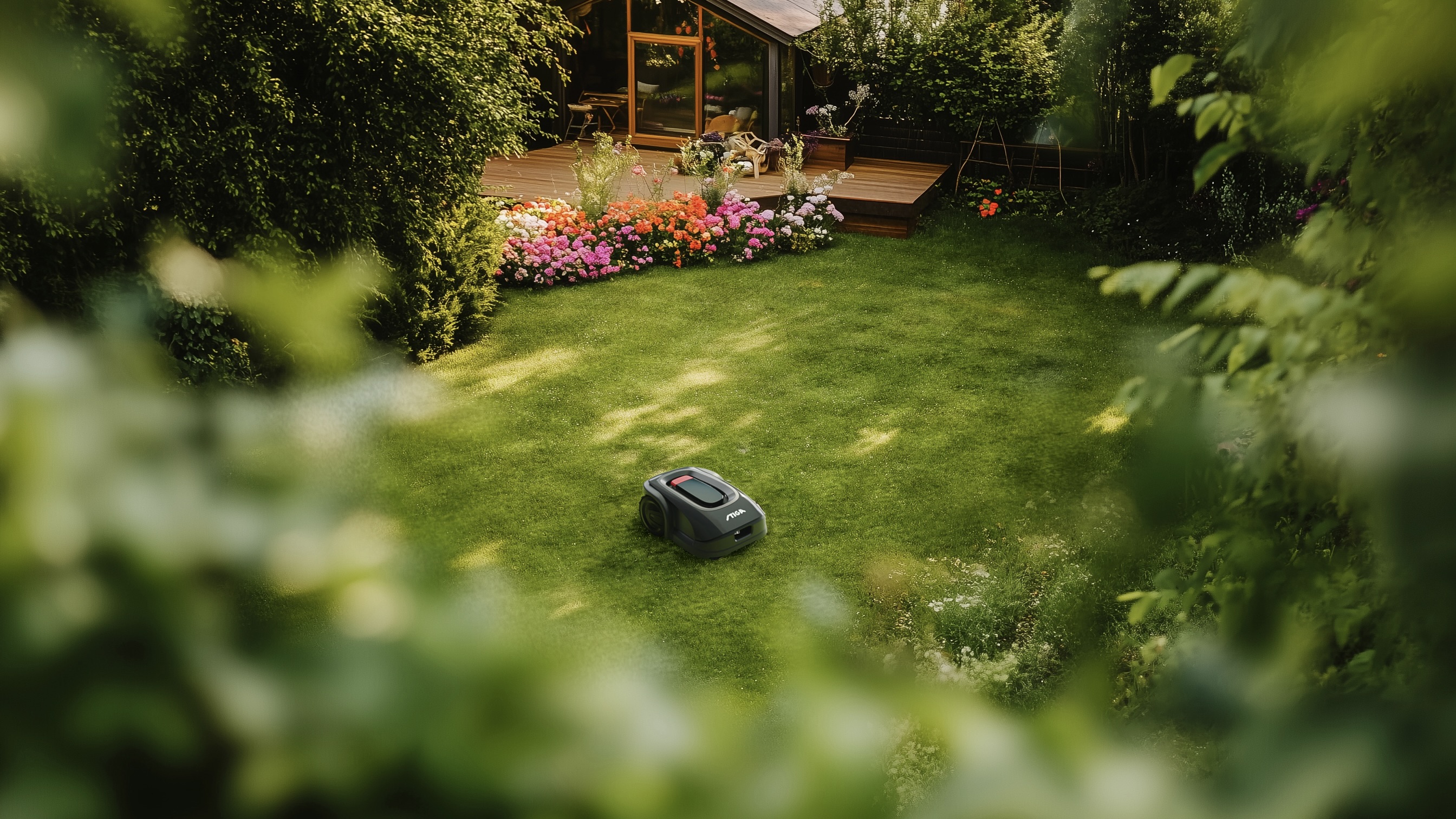 Stiga's new robot lawn mowers have an unbelievably easy setup process
Stiga's new robot lawn mowers have an unbelievably easy setup processThis is about as effortless as it gets
By Lizzie Wilmot Published
-
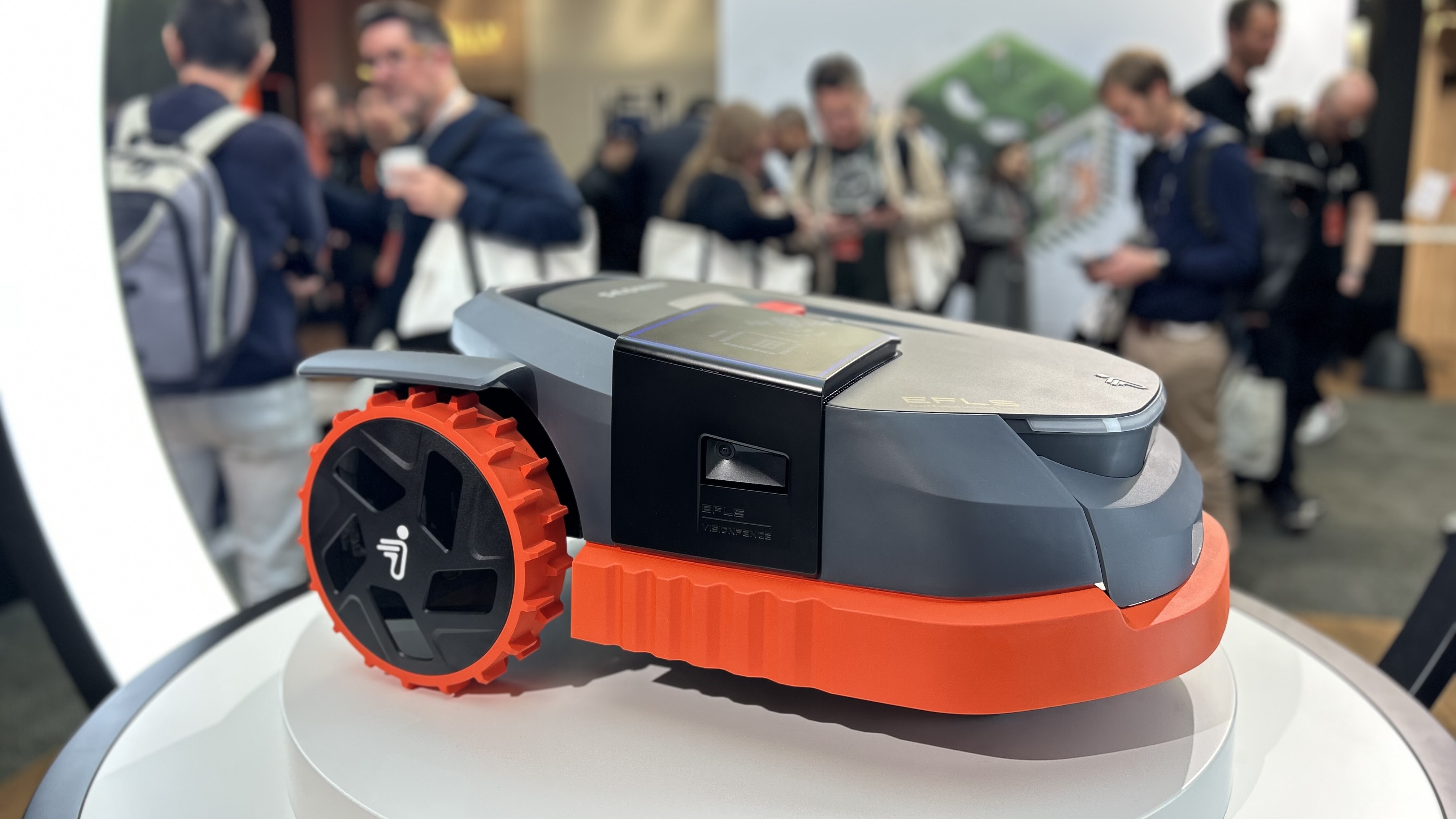 I got up close with Segway's brand new robot lawn mowers – here are my first thoughts
I got up close with Segway's brand new robot lawn mowers – here are my first thoughtsCould this be the best robot mower range of 2025?
By Lizzie Wilmot Last updated
-
 New Matter leak reveals exciting smart garden tools heading our way – a lot sooner than expected
New Matter leak reveals exciting smart garden tools heading our way – a lot sooner than expectedThat was pretty unexpected!
By Lizzie Wilmot Published
-
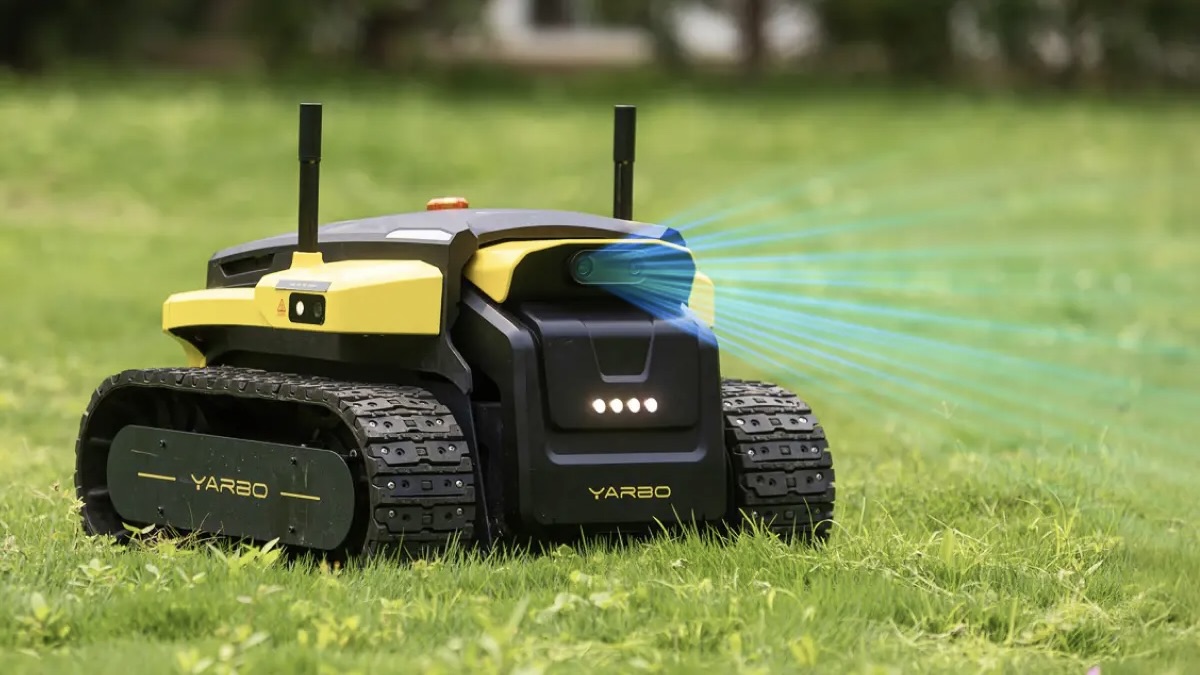 This is the world's first multi-purpose garden robot – it even has a leaf sweeper attachment
This is the world's first multi-purpose garden robot – it even has a leaf sweeper attachmentYou won't even have to lift a finger
By Lizzie Wilmot Published
-
 Govee's new smart string lights are nearly here – and the design is my favourite so far
Govee's new smart string lights are nearly here – and the design is my favourite so farThey've appeared on the CSA website and Amazon
By Lizzie Wilmot Published